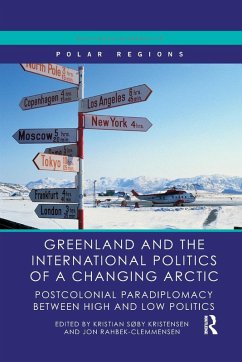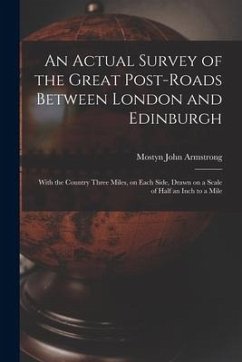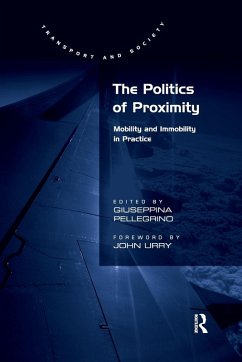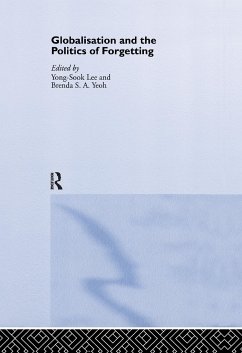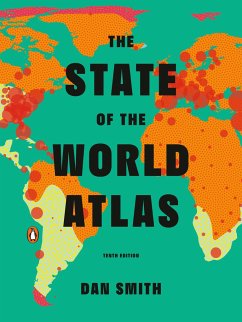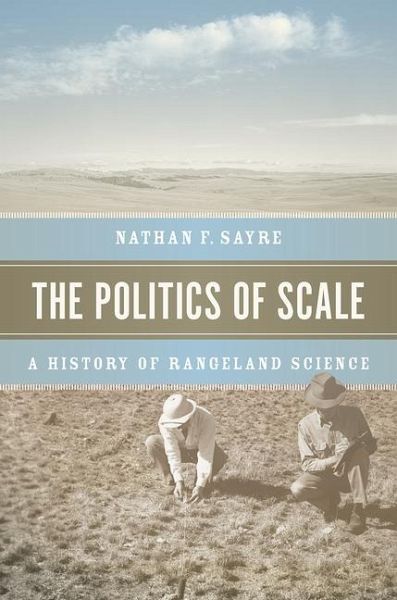
The Politics of Scale
A History of Rangeland Science
Versandkostenfrei!
Versandfertig in über 4 Wochen
42,99 €
inkl. MwSt.

PAYBACK Punkte
21 °P sammeln!
Rangelands make up one quarter of the United States (roughly 770 million acres), and 40 percent of the Earth s more temperate landscapes. Many of us are by now familiar with the environmental issues associated with livestock farming greenhouse gas emissions, land and water degradation but far less is known about the historic role science has played in the management and politics of rangelands since the origins of rangeland ecology in the late nineteenth century. "Rangeland Science" is the first history of this science, which is steeped in US soil. The work explores the larger political and eco...
Rangelands make up one quarter of the United States (roughly 770 million acres), and 40 percent of the Earth s more temperate landscapes. Many of us are by now familiar with the environmental issues associated with livestock farming greenhouse gas emissions, land and water degradation but far less is known about the historic role science has played in the management and politics of rangelands since the origins of rangeland ecology in the late nineteenth century. "Rangeland Science" is the first history of this science, which is steeped in US soil. The work explores the larger political and economic forces that, together with scientific study, produced legacies bent on the immediate success of the industrial economy, without the resources needed to promote and implement long-term ecological health. Though both the range scientists and the public agencies employing them espoused an apolitical objectivity, they could not escape the influence of bureaucrats and ranchers who demanded results, this despite the ecological, financial, and knowledge limitations plaguing research efforts. Range science was designed to address environmental crises in the West, and Sayre shows in this history that it has led to insights of great ecological importance, but always as part of a collaborative endeavor whose course and outcome is largely attributable to the pursuit of capital gain."




